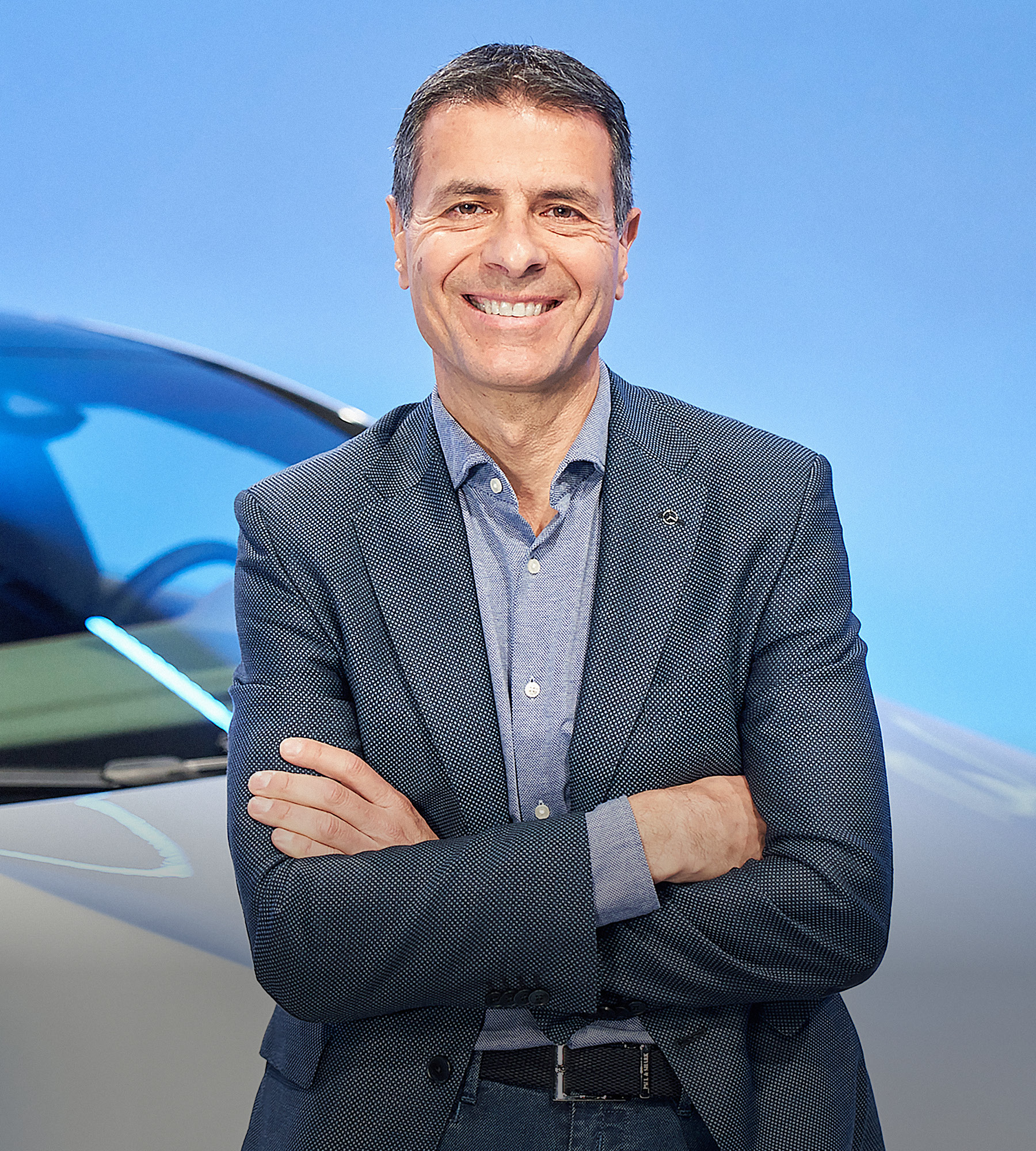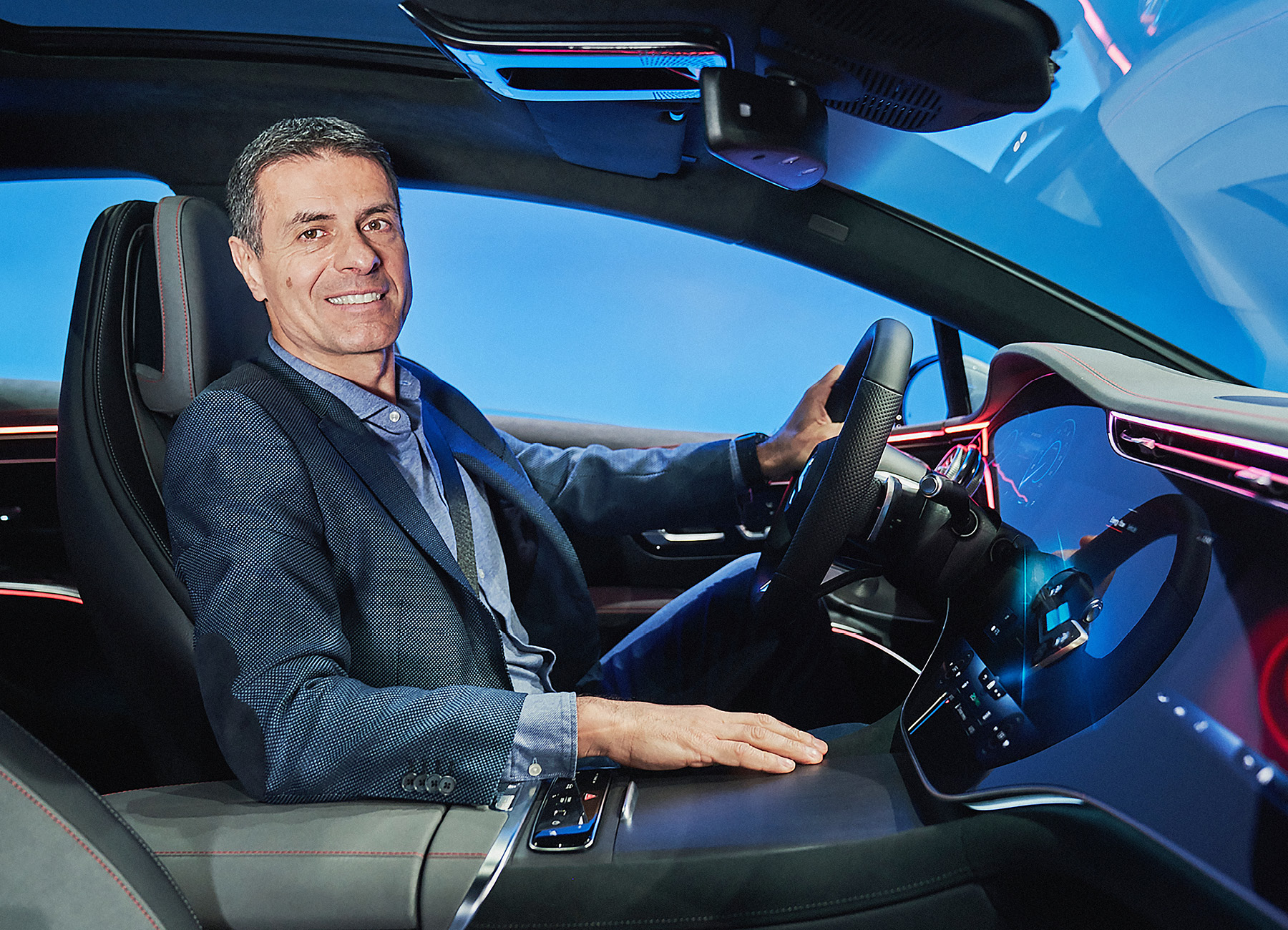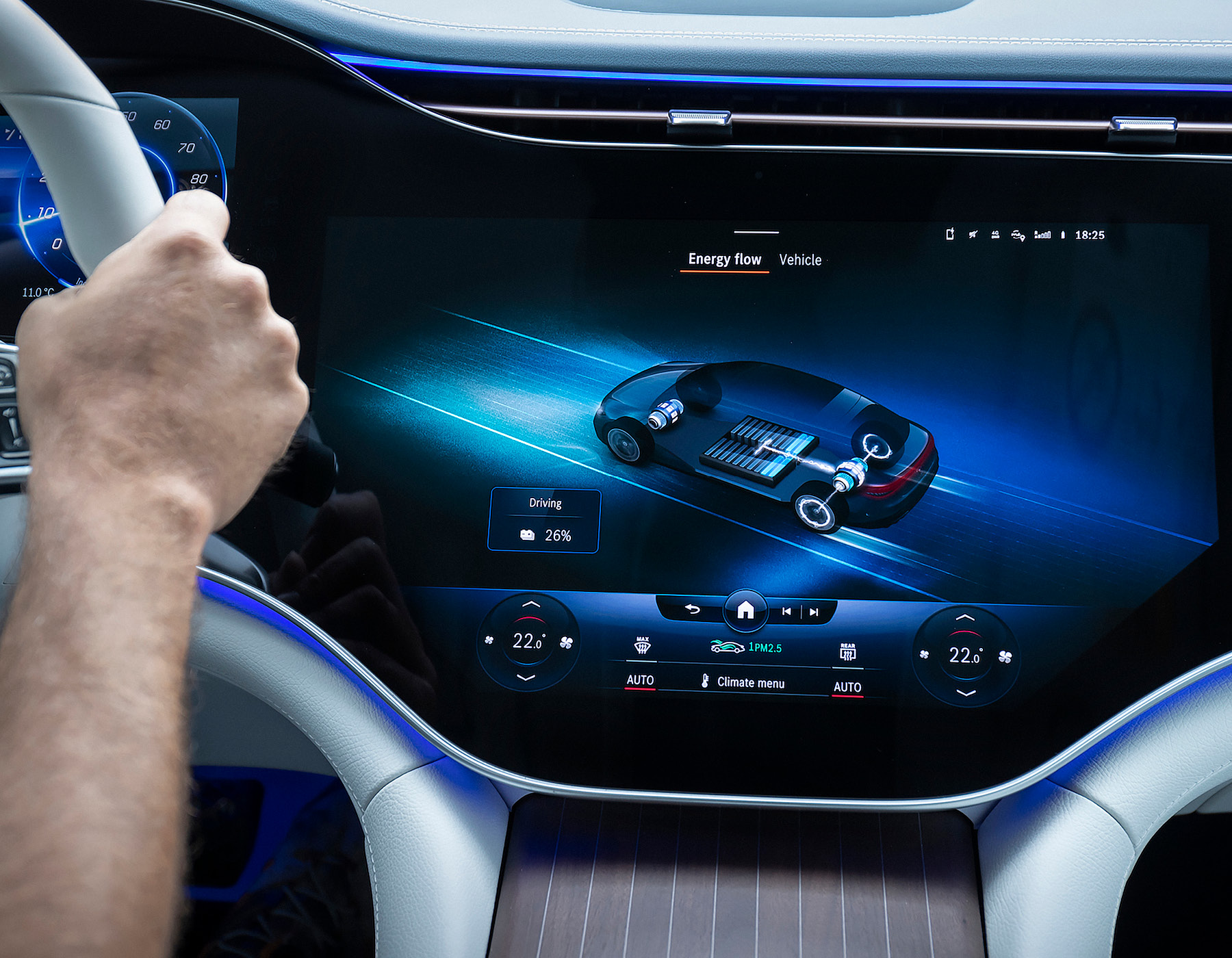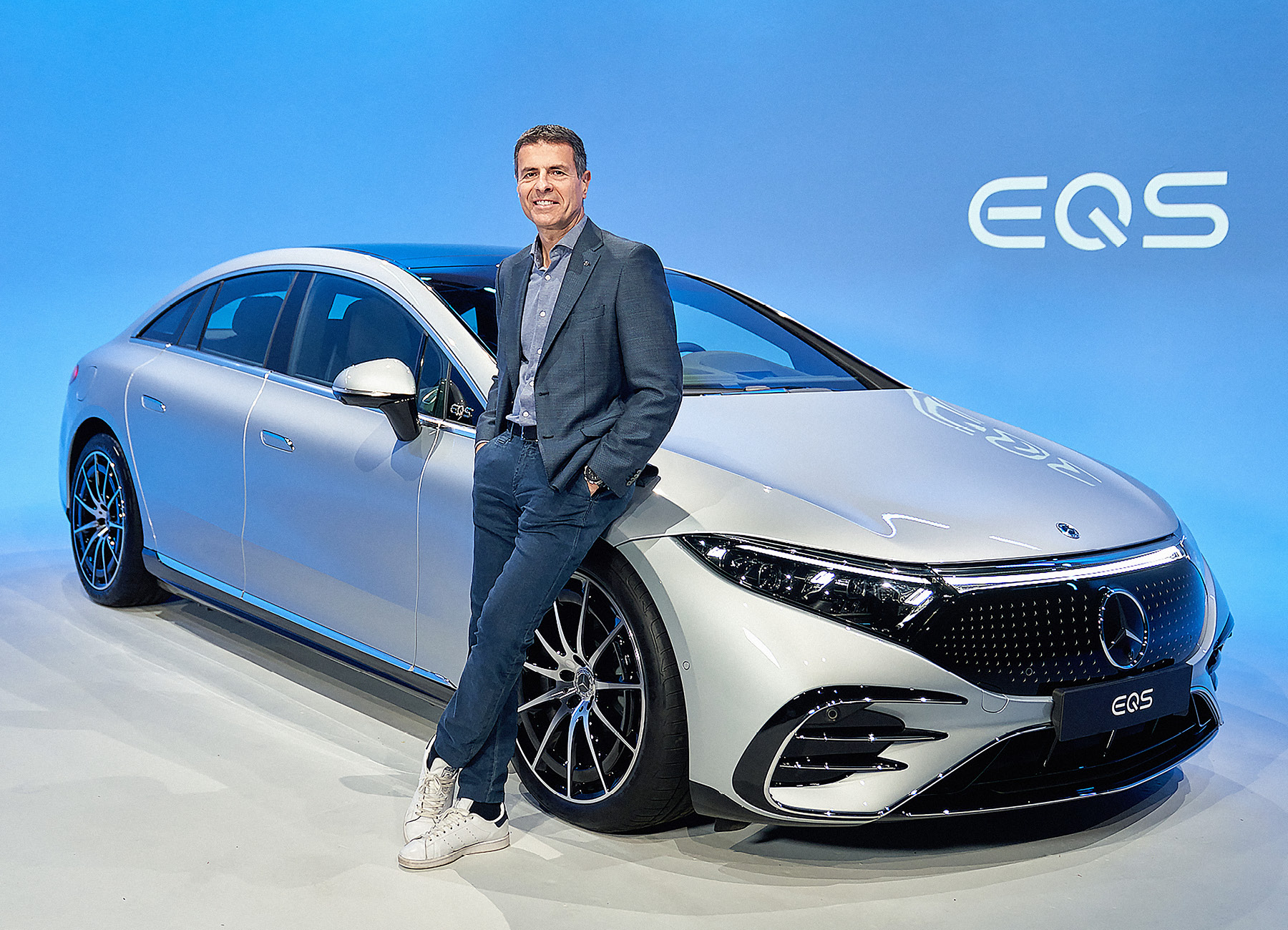Language
You can read the magazine in one of the following languages
Geolocation
You can read the global content or the content from your region


Business as usual is a phrase that has lost its meaning in this age of disruption. Now, it’s more a case of “doing business in an unusual way”, according to Mercedes-Benz USA CEO Dimitris Psillakis, as the automotive company takes on the “double challenge” that will take it into the future.
“In a period of change, you need to transform to something new,” Dimitris tells The CEO Magazine. “On the one hand, we want to move into a future which is electric and digital. On the other hand, we’re doing that in a period of global upset created by the pandemic.”

“On the one hand, we want to move into a future which is electric and digital. On the other hand, we’re doing that in a period of global upset created by the pandemic.”
Dimitris took the helm of Mercedes-Benz’s US business in January 2021, but he had been with the company for 30 years. Starting out as an international management trainee in his homeland of Greece, he then worked in a number of roles in Brazil, Korea, Canada and finally, the US. These years of professional globe-trotting helped give him a well-rounded view of the company as a whole.
When he assumed the new role, he was impressed at how the management team had succeeded in keeping the business on course during the trials of the COVID-19 pandemic period, but he still saw the need for change.
“It was a very good basis to start from, but you don’t build a new future by doing the same things,” Dimitris reflects. A review of the company’s strategy ensued, ultimately redefining its ‘north star’ to be “the most desired electric luxury brand”.
In order to get there, the team set out four key strategic pillars. “First, to look after our people because they are the ones who got us where we are today,” Dimitris notes. Investment in its brand is second, while third is the digitalization of the business.
“The last and obviously very important pillar is to electrify our portfolio,” Dimitris explains.
Already, the first successes of this strategy are being seen, such as the “very successful” launch of the EQS electric vehicle (EV) in the US in the fourth quarter of 2021. “We have a long order backlog for this product,” Dimitris reveals.
The Mercedes-AMG EQS 53 4Matic+ is also drawing strong interest. “We have very good media reports on the product. The dealers are excited,” he enthuses. In the first four months, Mercedes-Benz USA notched up around 3,500 sales of the new vehicle. Next on the cards is the EQS SUV, which is the first of the EQ line to be built entirely in the US at the company’s assembly plant in Tuscaloosa, Alabama.

“The product is one thing, but how you service it, how you offer it, how the customer connects with the brand is where we come in as an organization, where we add value and where we make the customer happy or happier.”
“So we have so far some signs that our strategy is working,” Dimitris reflects. “Does that mean we have done our job? No, it’s a long way to go still in the market, but we have defined the course that we will be following.”
Dimitris recognizes that Mercedes-Benz USA is not alone on this journey. Competitors both old and new are heading in the same direction, although their paces may vary. But it’s competition that he welcomes. Not only does it deliver a better product for the consumer, but with its rich history, Mercedes-Benz is well-placed to take the lead.
As one of the oldest brands in the automotive industry, having produced its first car in 1886, evolution has become part of the company’s DNA. “We have to redefine ourselves, and we have to be in a position to compete,” he says. “We have our heritage as a brand, and we have a very wide customer base in the luxury segment,” he says.
The major task ahead is ensuring the customer experience that accompanies its new EVs is superlative, which Dimitris believes will be the true differentiator. “We, in partnership with our dealers, will continue to take care of our customers, and do so the Mercedes-Benz way,” he stresses. “We have to deliver not only the best electric cars, but also offer the best customer service.
“The product is one thing, but how you service it, how you offer it, how the customer connects with the brand is where we come in as an organization, where we add value and where we make the customer happy or happier. It’s where we make the customer loyal to the brand and loyal to our services.”
A partnership with ChargePoint is also enhancing convenience for its EV customers, enabling Mercedes-Benz drivers to map accessible charging points via the Mercedes ‘me connect’ app on their mobile phones.
“As a result of this collaboration with ChargePoint, we can say that we offer one of the largest integrated charging networks in the US, with over 60,000 charging points for our products today,” Dimitris says proudly.

“We have to deliver not only the best electric cars, but also offer the best customer service.”
Building loyalty also comes down, in large part, to the people who work at Mercedes-Benz USA. The company’s American operation is made up of 1,600 people, and its network comprises 25,000 people. Dimitris firmly believes that each and every one must be equipped with the necessary skills to make each customer interaction special.
With the electrification journey making such strong headway, it’s clear that sustainability is a huge focus for Mercedes-Benz, further evidenced by the commitment of Mercedes-Benz CEO Ola Källenius to make the company’s supply chain CO2 neutral by 2039, as well as the green credentials of its Factory 56 operation in Sindelfingen, Germany.
“This also comes down to us here at Mercedes-Benz USA and to our dealers to look, as an example, for opportunities to use solar power to charge or recharge vehicles,” Dimitris says. “This is something we’re developing step-by-step, but the focus is clearly in this direction.”